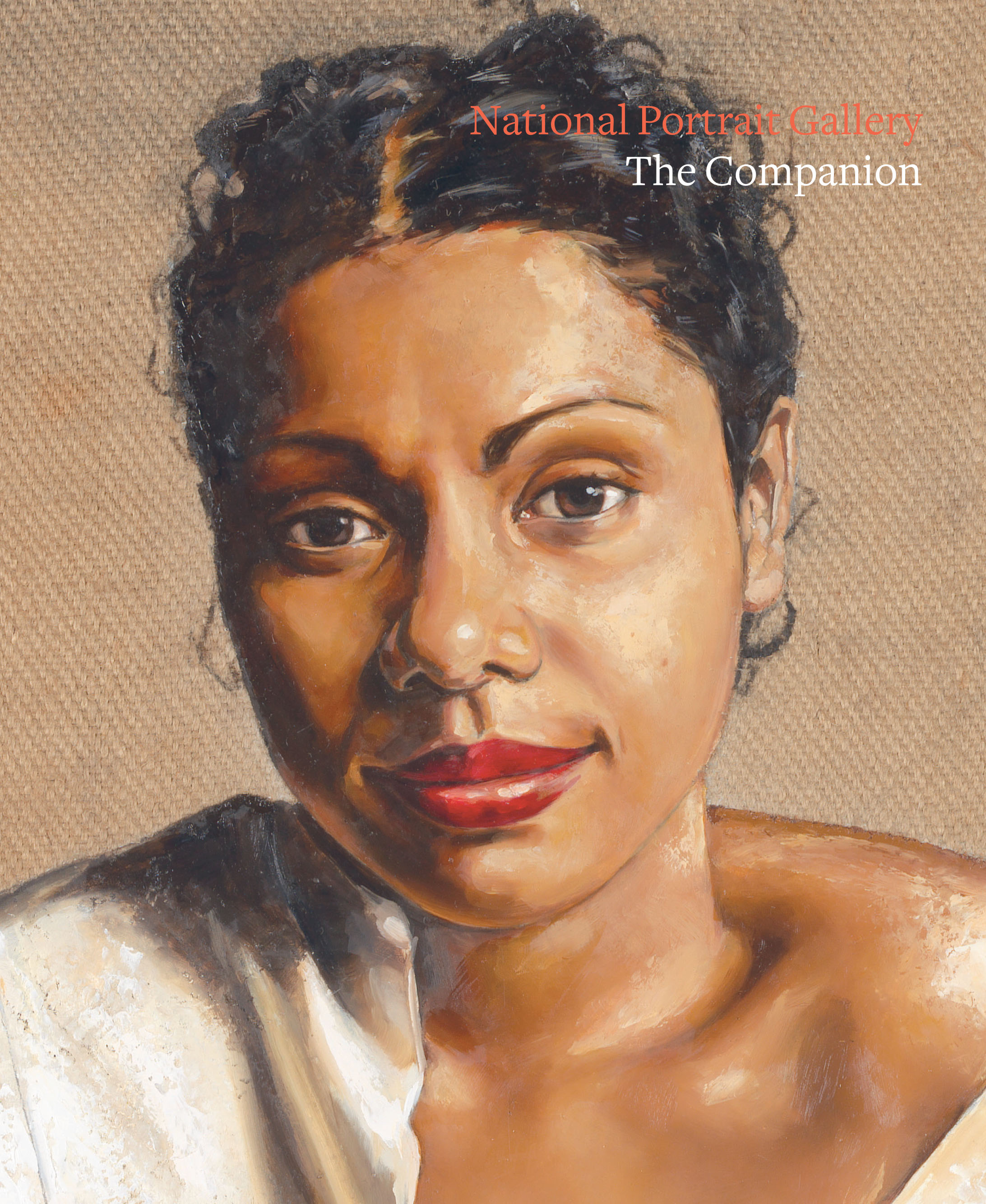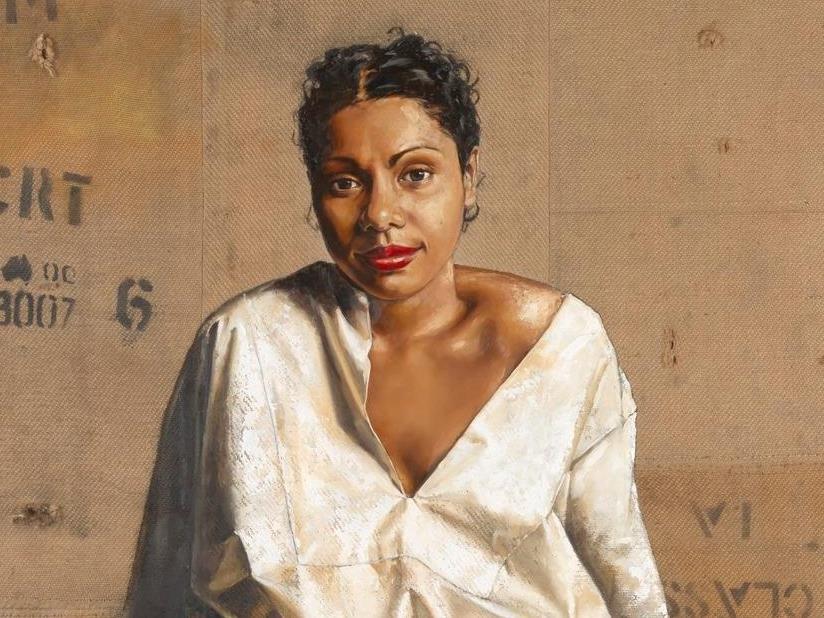Evert Ploeg, Deborah Mailman (detail)
The National Portrait Gallery (NPG) is the unsung hero of the national gallery sector. Distracted by the much larger National Gallery of Australia and the inevitable trek through Parliament House, too many visitors to Canberra miss the important and intelligent collection of this more modest Gallery.
It is therefore extremely welcome that NPG Curator Joanna Gilmour and NPG Historian Dr Sarah Engledow have published The Companion, a catalogue of the collection that forms an important and engaging way of accessing the works.
The Gallery has resisted what must surely have been a temptation to produce a glossy hardback for select coffee tables. Instead it offers an attractive, hefty but remarkably inexpensive soft cover that sits in a grey zone somewhere between a top-end text book and an attractive lifestyle publication.
The design is simple and effective. Most works are featured in quarter page good quality reproductions with half – or often more – of the text given over biographical material about the subject and the rest focused on the biography of the artist. Exploration of the portrait’s style or medium is minimal and in many cases it would have been rewarding to have a little less place-and-date matter and a couple more sentences reflecting on the choice of style, particularly given the richness of the collection in its interpretation of portraiture.
That richness is necessarily diminished in two dimensions and one must still visit the gallery to get the best out of certain works: Ah Xian’s magnificent celadon bust of paediatrician John Yu or Nelson Illingworth statue of Henry Parkes. But the vast majority of the works are paintings, drawings or photographs and they reproduce well.
For the reader of historical bent, the first half of the book acts as an important guide to the figures of colonial history, not always compelling artistically but providing a real understanding of what was valued by the men and women (okay mostly men) who formed Australia.
For those with more artistic interests the post-war works and beyond establish the infinite variety of eyes that perceive the human face and the many ways in which means becomes message.
The book is roughly but not exactly chronological. Thematic attention has been paid to each double-page spread and the portraits on either side are (if not actually coupled, as in some cases) either thematically or aesthetically linked. A full length, leftward facing black-and-white photograph of Bishop Goold is placed opposite a similarly profiled engraving of Caroline Chisolm; blue tinged modernist portraits of painter, David Aspen by Fred Williams and ceramicist Marea Gazzard by Judy Cassab are paired, a moody beach photograph of surfer Mick Fanning by Andrew Maccoll is twinned with a gorgeous beach photograph of writer Tim Winton, both an similar literal man-in-landscape and a thematic echo, with Winton known for his writing about sea and surf.
The collection improves the closer it gets to the present as portraiture becomes a more complicated and diverse art form. Tracy Moffat’s reflexive self portrait, in which she chronicles the alterations of photoshop is a fabulous commentary on the art form itself. Evert Ploeg’s portrait of Indigenous actor Deborah Mailman in front of a wool bale is earthy, beautiful and a detail of this work is a perfect choice for the cover.
Do buy this book for your coffee table. Pick any double page at random and enjoy dipping into history or art as the mood takes you. Or buy it as reference – armed with both artist and subject indexes – it is a usable volume that should have wide uptake among educators.
Either way, it’s a great resource.
Rating: 4 out of 5 stars
National Portrait Gallery: The Companion
By Joanna Gilmour and Sarah Engeldow
$34.95






